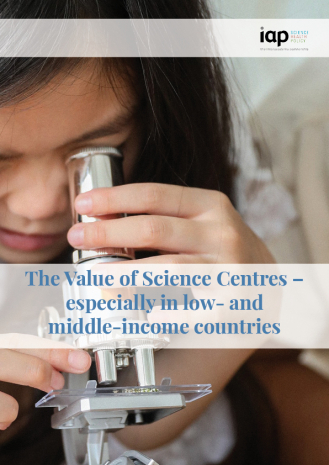In recent years, the relevance of scientific and technological culture has become clear: as a society we face many everyday decisions that affect our own health or even broader public issues such as climate change, information technologies or vaccination, just to mention some examples. At the same time, growing evidence supports the critical role of science centres and museums as strategic organizations that can tackle inequalities in people’s participation in the science and technology cultural field, especially in low- and middle income countries.
Such centres and museums can impact people and communities in several ways: by stimulating science and technology learning, awareness and interest; by actively involving communities in addressing the Sustainable Development Goals (SDGs); by facilitating local and urban development; and by promoting social inclusion. Ultimately, science centres and museums become relevant in developing more democratic access to science and technology literacy and culture, thus enhancing opportunities of participating in the public debates of our time. Strong and creative efforts should be made to support and develop new science centres and museums and to enhance access opportunities.
This document is intended to provide introductory insight and examples to policy- and decision-makers, enabling them to review the multiple dimensions on which science centres and museums can impact, and why there is an urgent need for science centres and museums within a community, department or city, especially in low- and middle income countries.

